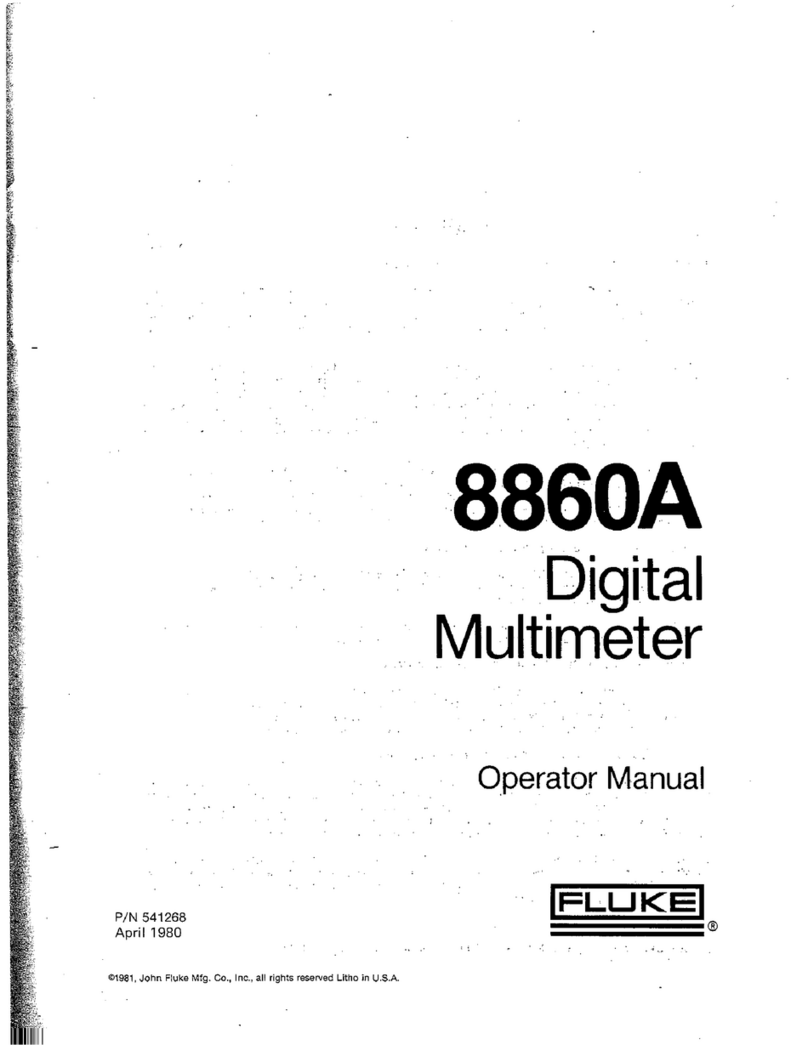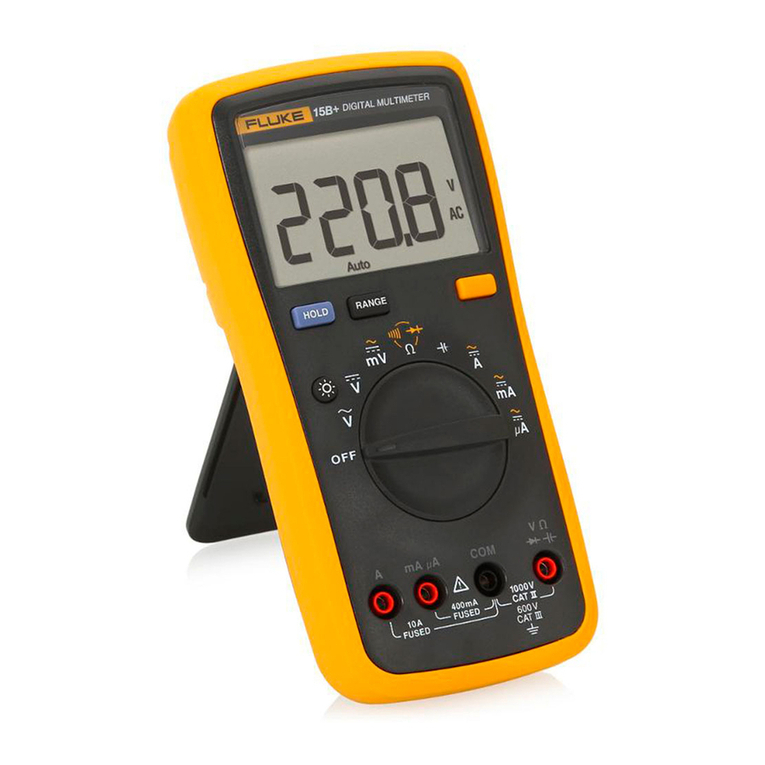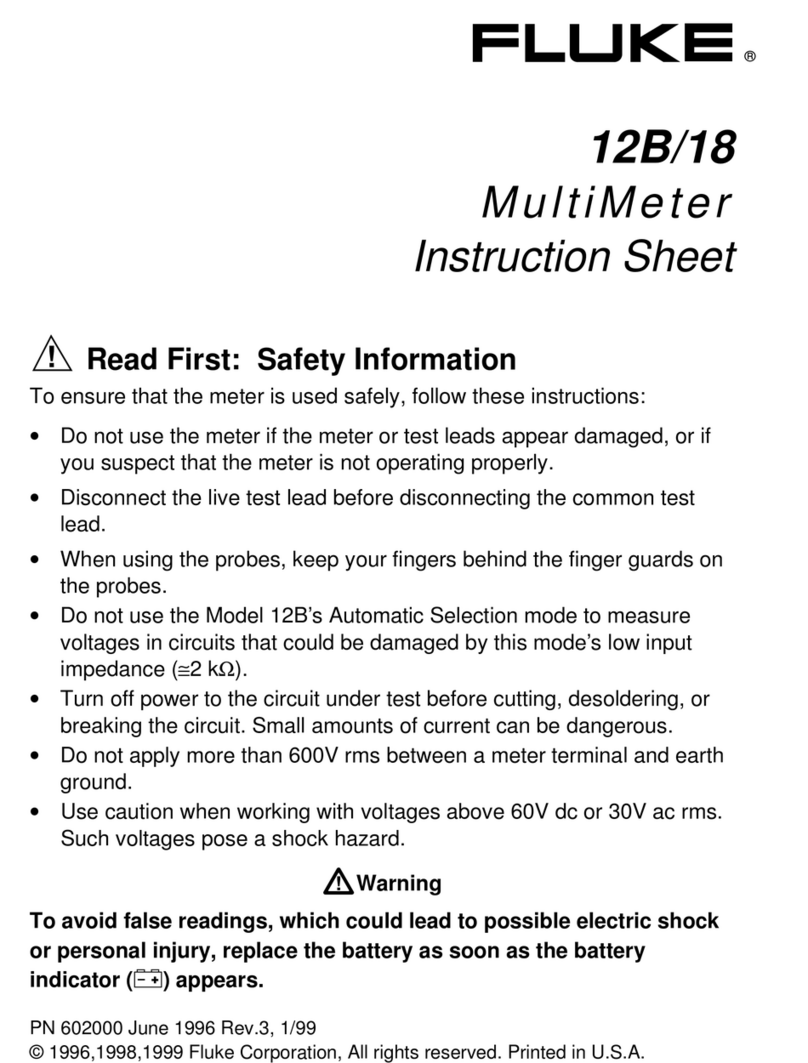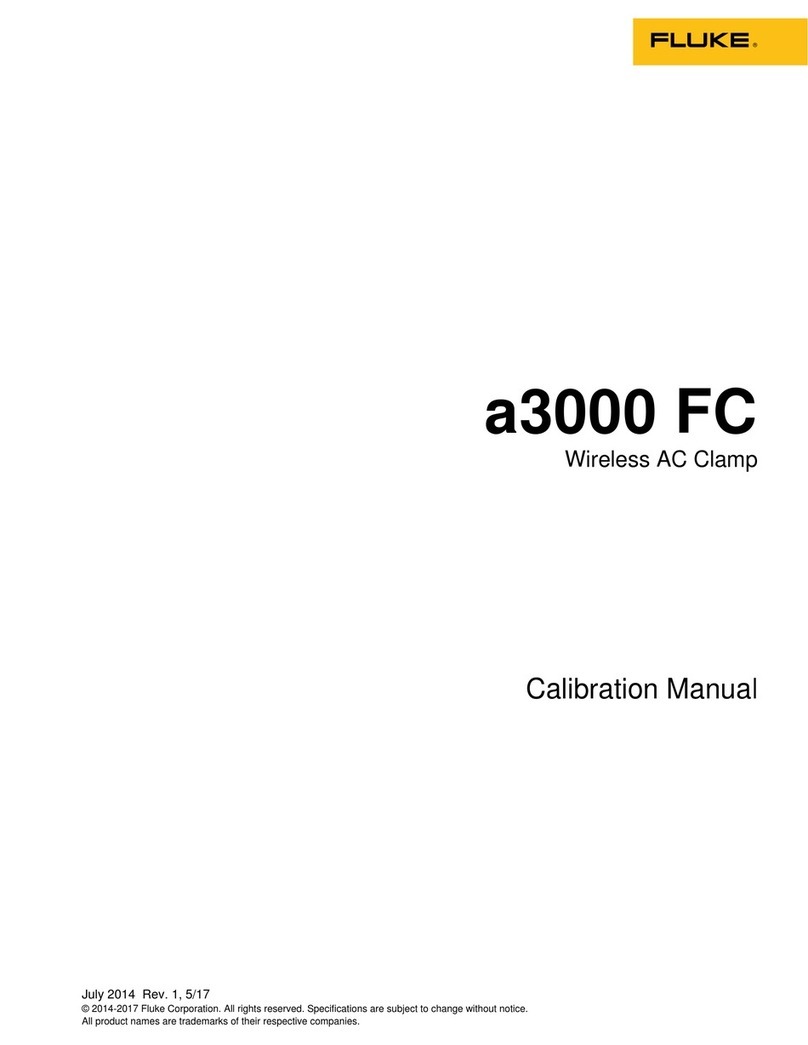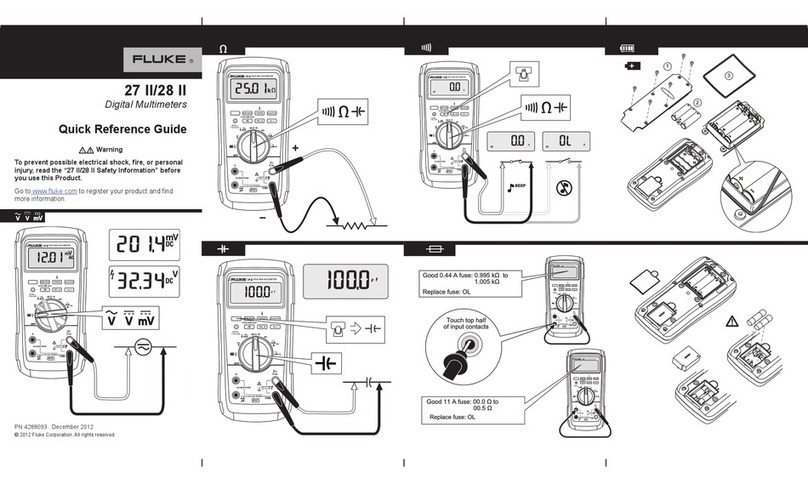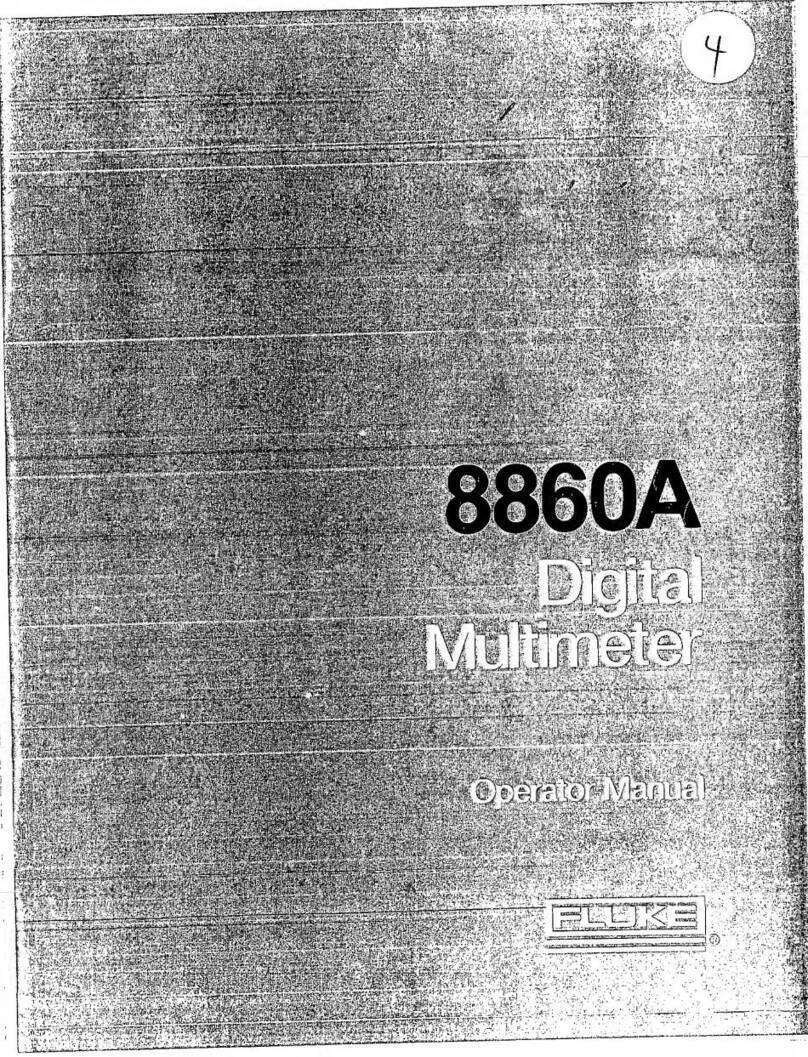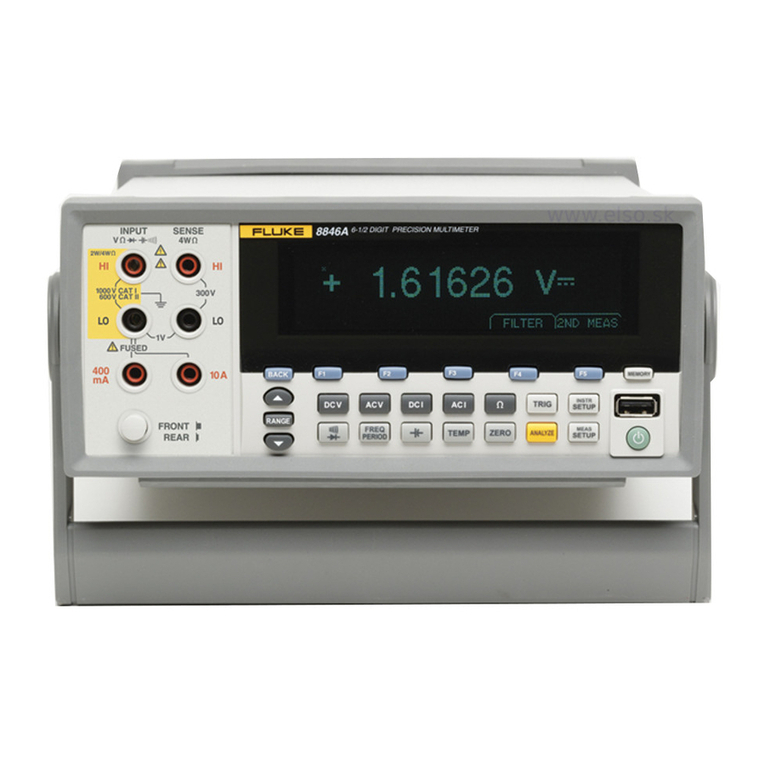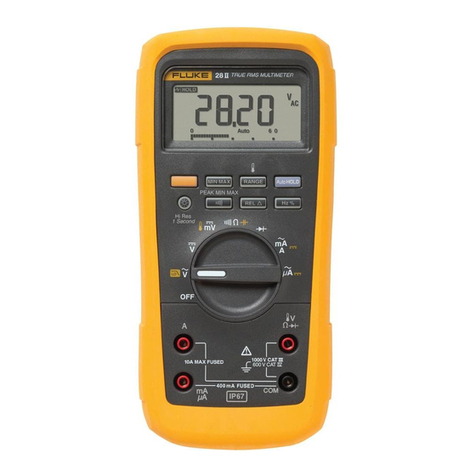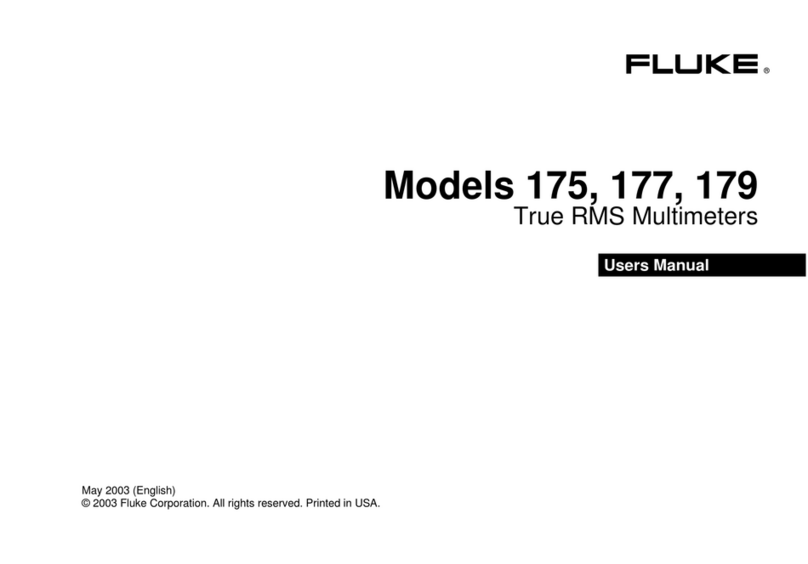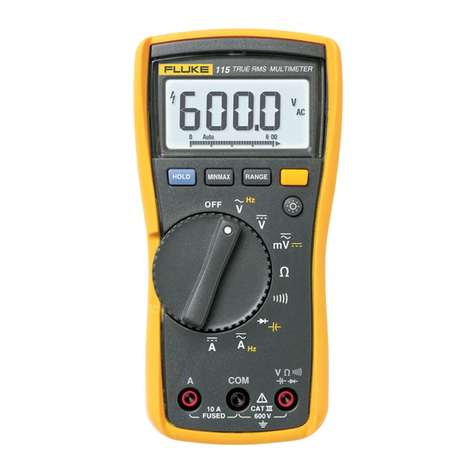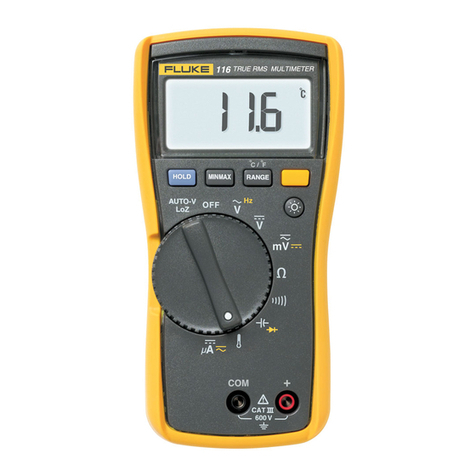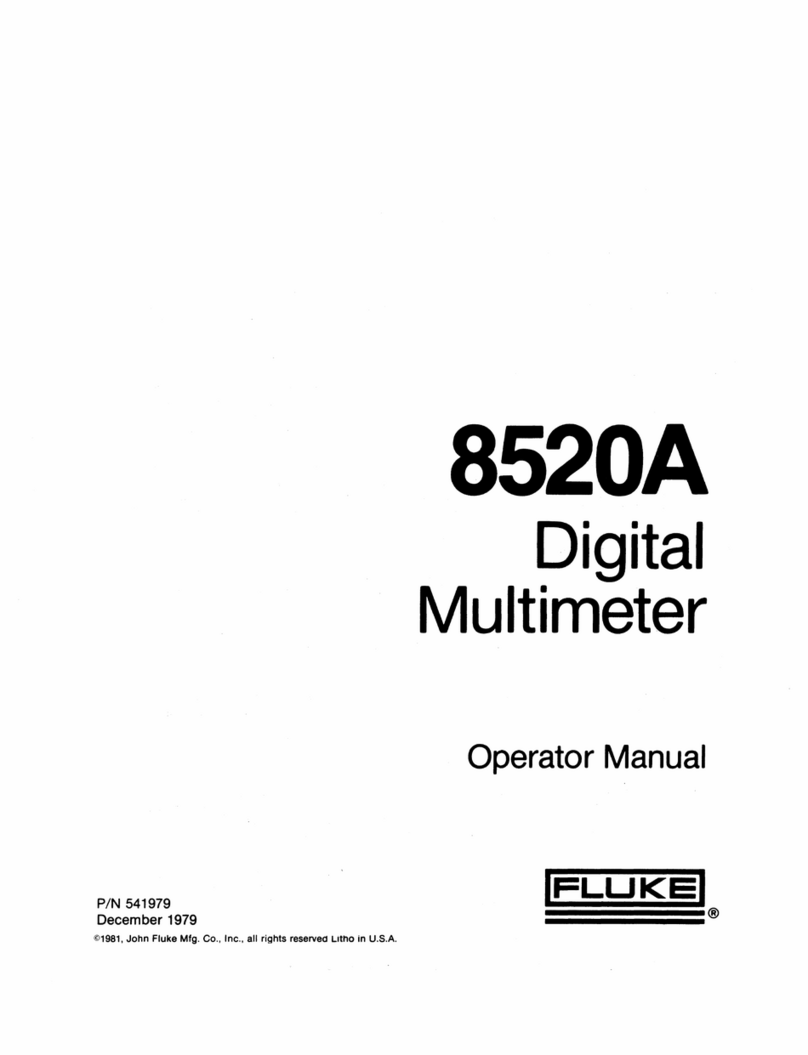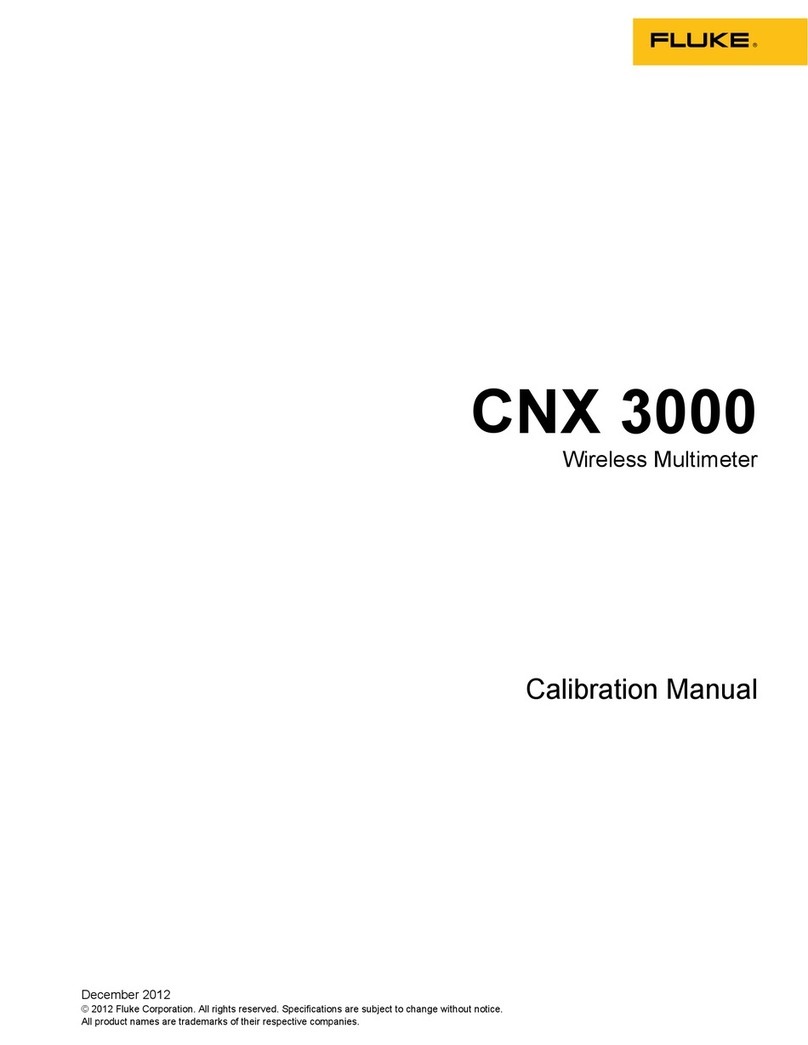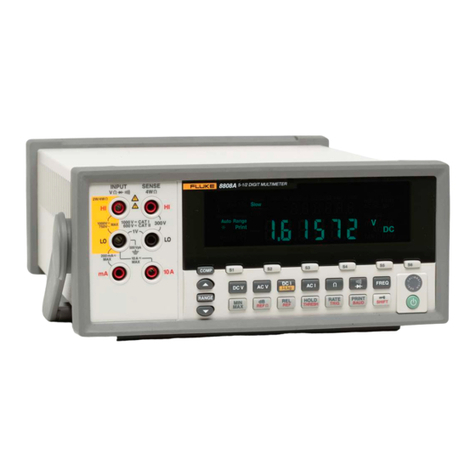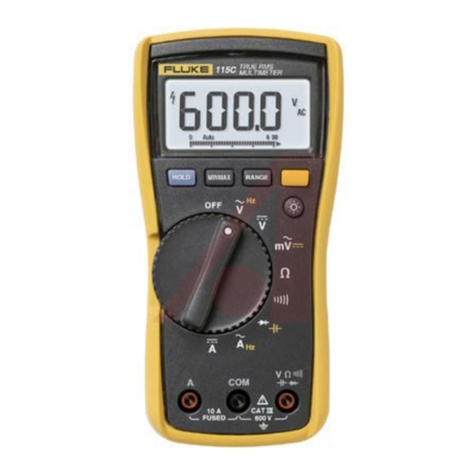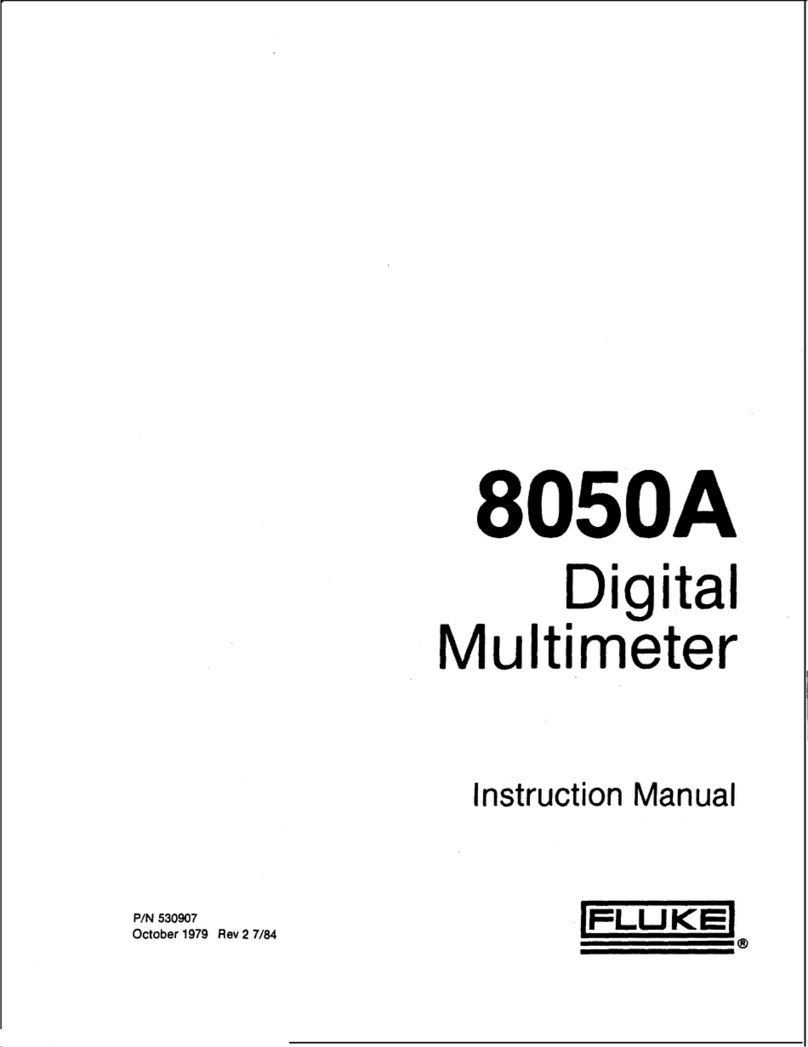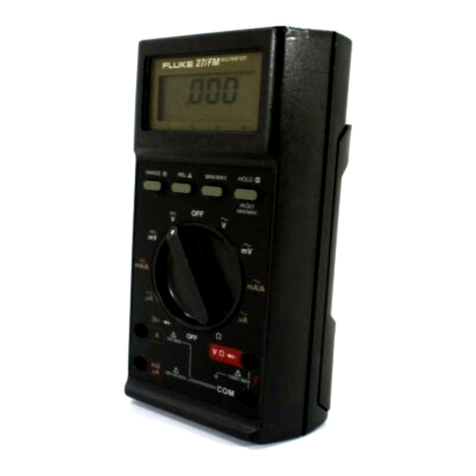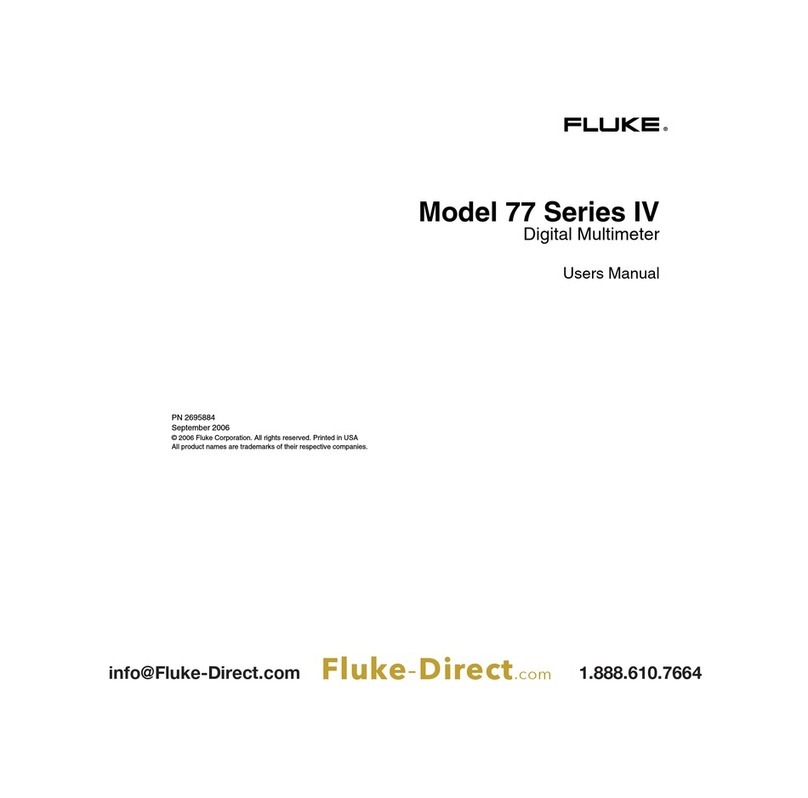
i
Table of Contents
Chapter Title Page
1 Introduction and Specifications........................................................ 1-1
1-1. Using the Meter Safely......................................................................... 1-3
1-2. Operating Instructions .......................................................................... 1-4
1-3. Specifications........................................................................................ 1-5
2 Theory of Operation........................................................................... 2-1
2-1. Introduction........................................................................................... 2-3
2-2. Functional Description ......................................................................... 2-3
2-3. Block Diagram Description.................................................................. 2-3
2-4. Input Overload Protection................................................................ 2-4
2-5. Function Switching Circuits............................................................. 2-4
2-6. Signal Conditioning Circuits............................................................ 2-4
2-7. Custom Analog IC (U1) ................................................................... 2-4
2-8. Peripherals to U1.............................................................................. 2-6
2-9. Microcomputer Control.................................................................... 2-6
2-10. Display.............................................................................................. 2-7
3 Maintenance........................................................................................ 3-1
3-1. Introduction........................................................................................... 3-3
3-2. Service Information .............................................................................. 3-4
3-3. Operator Maintenance .......................................................................... 3-4
3-4. Battery Replacement ........................................................................ 3-5
3-5. Fuse Test........................................................................................... 3-6
3-6. Fuse Replacement............................................................................. 3-6
3-7. General Maintenance Information........................................................ 3-7
3-8. Handling Precautions for Static-Sensitive Devices.......................... 3-7
3-9. Disassembly...................................................................................... 3-7
3-10. Reassembly....................................................................................... 3-10
3-11. Cleaning............................................................................................ 3-12
3-12. Performance Tests ................................................................................ 3-12
3-13. Display Test...................................................................................... 3-12
3-14. Voltage Functions Performance Verification................................... 3-13
3-15. AC and DC Current Performance Verification................................ 3-13
3-16. Ohms Function Performance Verification ....................................... 3-14
